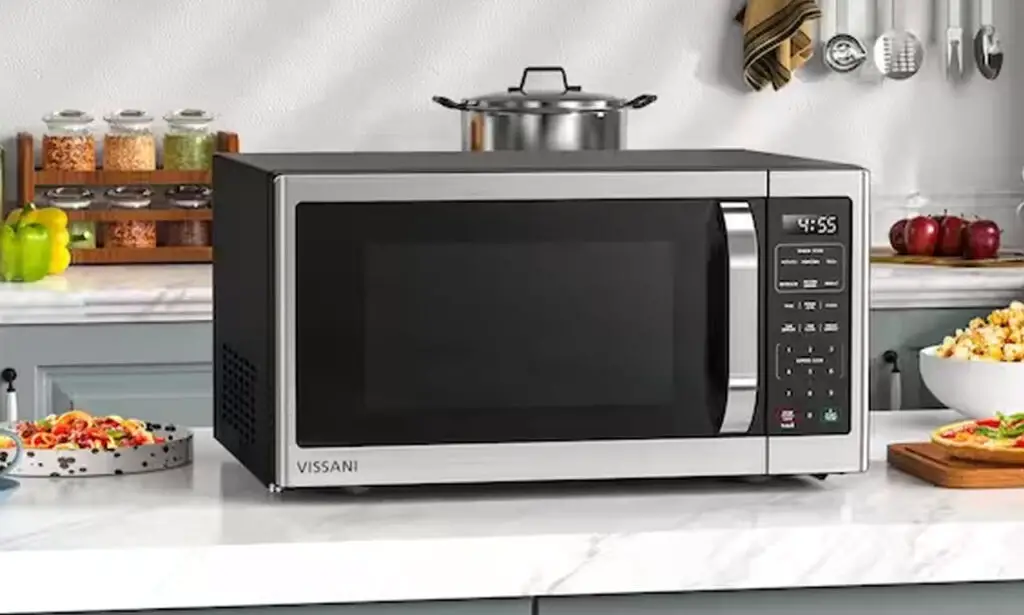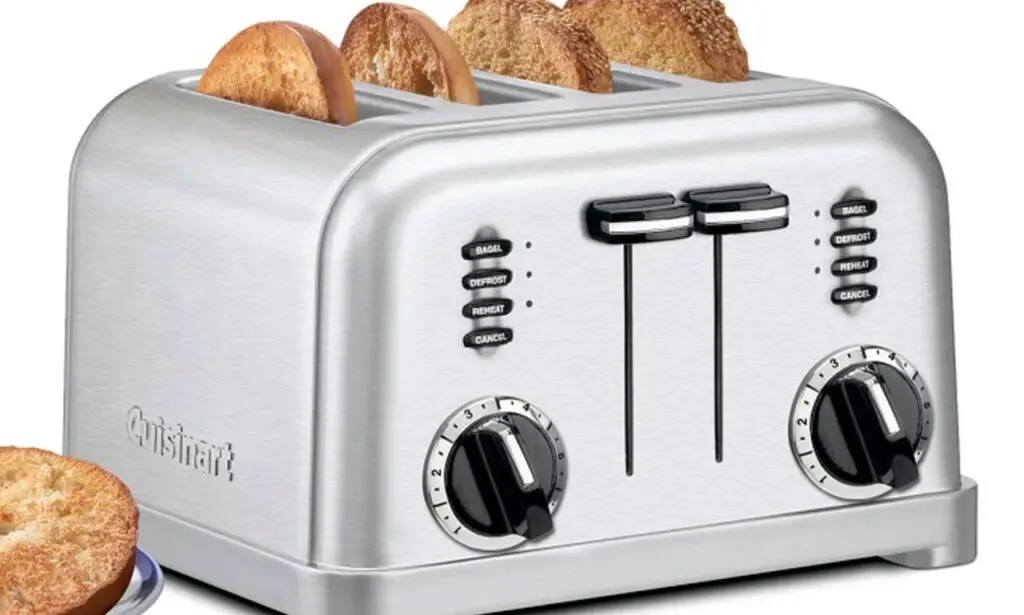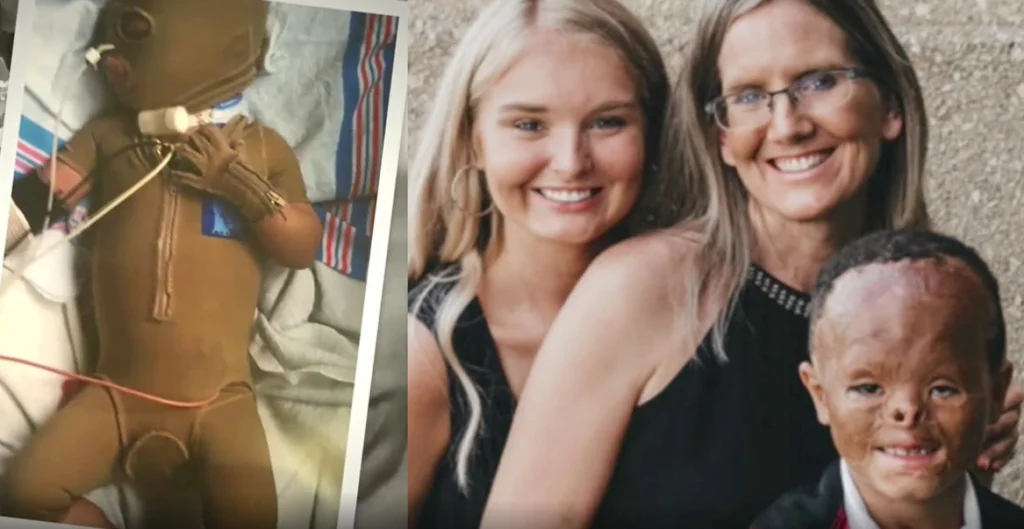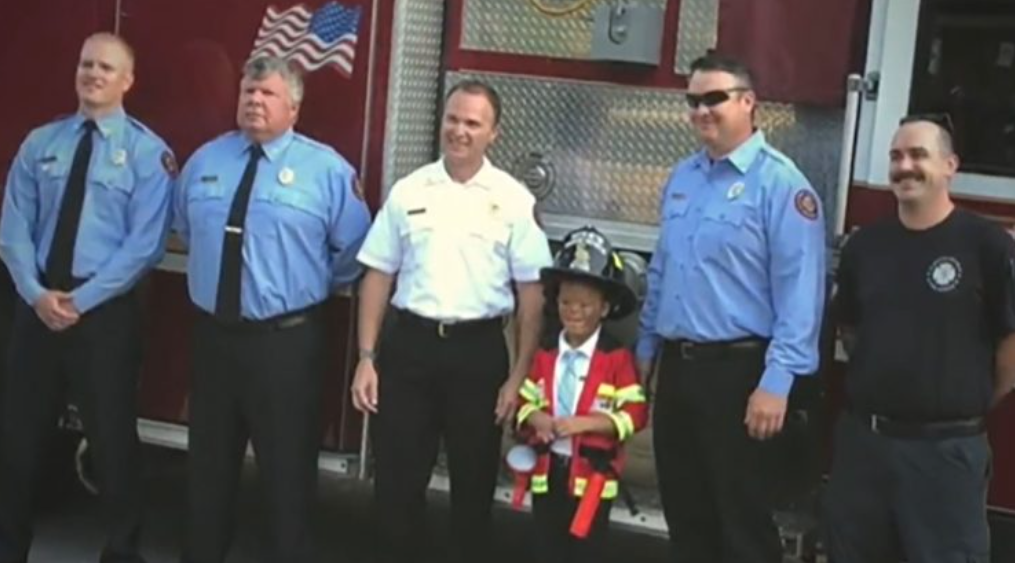
When we think of the past, one of the first thoughts that runs through our mind is how people lived without electricity. Nowadays, we can’t even imagine a day without it because all of our appliances and devices run on electricity.
The truth is, however, that most homes don’t have enough power outlets to keep everything running and charged, so most of us rely on power strips without being aware that appliances that consume a lot of energy become dangerous fire hazards when we plug them into a power strip.
Although power strips are the thing to go to when it comes to charging your phone or power an entertainment setup, there are certain devices that should never be plugged into a power strip.
Air conditioners, space heaters, toasters, and other appliances that use high wattage can easily cause power strips to overheat, which can easily lead to a fire hazard.

Even before plugging anything into a power strip consider the ammount of power they support. This is usually listed on the product itself.
High-capacity appliances need to draw a lot of power through an electrical circuit to work. Keep in mind that an appliance does not need to be large in size to draw large amounts of power.
Below is the list of appliances that should never be plugged into a power strip.
1. The oven: Even though the oven is not used continually, it is a power-hungry appliance that should not be plugged into a power strip. In fact, it should be plugged into its own wall outlet on its own circuit.
2. Refrigerator: Refrigerators require a lot of power and frequently cycle on and off which can easily overload a power strip and cause damage. Much like the oven, refrigerators require a wall outlet dedicated solely to powering the appliance.

3. Washing Machine: When turned on, washing machines pull a lot of power. This is the main reason why these appliances shouldn’t share a receptacle with any other appliance or device.
Most washing machines use a max of up to 1400 watts, putting it dangerously close to the max load of most power strips. On top of that while working, washing machines are usually left unattended and work longer hours, at least an hour, which is long enough for a power strip to overheat.
4. Heating: Portable heaters should never be plugged into a power strip because most of them use 1,500 watts of energy on their high setting and they usually run for extended periods of time.

5. Microwave: Since they consume a lot of energy when used, most microwave ovens are plugged into their own receptacle and that is always a good practice.
6. Coffee Maker: Those who own a coffee maker are not fully aware of the power these appliances use, and this is why they should never be plugged into any sort of power strip or extension cord.

7. Toaster: You may think that browning up slices of bread or bagels doesn’t require a lot of energy, but the truth is that toasters use a lot of energy when in use and they should be plugged directly into the receptacle rather than a power strip.
8. Another Power Strip: Power strips are not meant to be used in conjunction with another power strip, although many people do exactly that. This, however, violates most safety codes because it can easily lead to overloading the electrical system.
9. Electronics (Computer, TV, Router): These types of electronic devices don’t necessarily use a lot of power on their own, but they are sensitive to surges and you can find yourself with a burnt out computer or TV very quickly if you plug them into a power strip.
If you want to protect these sensitive devices from power surges, opt for a power strip that functions as a surge protector.
Baby rescued from a fire finds a loving home seven years later, after suffering severe burns from the apartment blaze

When a fire swept through the apartment where Deyvion slept as a baby in his bassinet, he was miraculously rescued by firefighters. Although he survived, the blaze left him with severe burns on his face.
This resilient little boy from Missouri embarked on a difficult recovery journey at a specialized burns unit, fighting to regain his health against the odds. Remarkably, he faced this challenge without the support of a family by his side.
At the age of five, everything changed for Deyvion when he became the foster child of Beth Plunkett, a single mother of two. “He was such a beautiful little boy, and I fell in love with him immediately”, Beth recalled, as reported by WGN9 News. “I often hear people say: ‘Oh, he’s so lucky to have you’, but honestly, I feel just as lucky to have him”, she added.
After spending 2,545 days without a family, Deyvion was finally adopted by Beth. “My biggest wish for him is to be happy and to always feel loved. I want him to set goals and achieve great things, and I have no doubt he will. God has an amazing plan for him”, she said.

In addition to his new mom and siblings, Deyvion has also captured the hearts of the firefighters who saved him. Deputy Chief Eric Smith of the South Metro Fire Department in Raymore and his team still remember the night they rescued this remarkable boy.
On the day of Deyvion’s adoption, Smith and his crew presented him with a special jacket and hat made just for him. They also treated Deyvion and Beth to a ride in their fire truck to the courthouse, where his adoption was finalized.

As they celebrated, Smith gave Deyvion a high five and expressed his pride in the young boy, stating: “He’s incredibly special. While we may not always understand why things happen, we certainly do now”.
Deyvion is surrounded by love, having shown immense courage throughout his journey. This brave and endearing boy truly deserves every bit of happiness. His story is one we all need to hear, a testament to love and compassion. Let’s spread the word about this inspiring little boy and shower him with even more love!



Leave a Reply